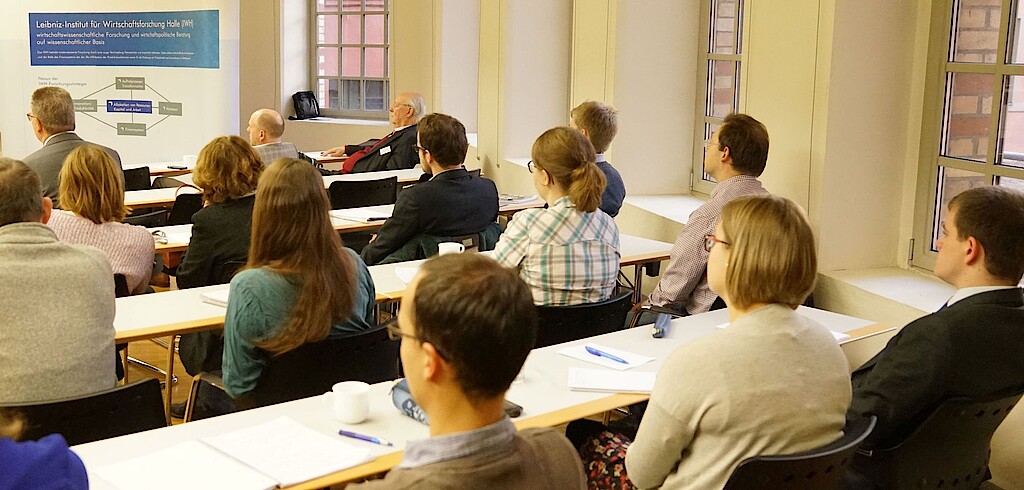
14:15 - 15:45
Virtual lecture: The Impact of Regulation on Innovation
Does regulation affect the pace and nature of innovation and if so, by how much? We build a tractable and quantifiable endogenous growth model with size-contingent regulations.
Wer
Wo
Does regulation affect the pace and nature of innovation and if so, by how much? We build a tractable and quantifiable endogenous growth model with size-contingent regulations. We apply this to population administrative firm panel data from France, where many labor regulations apply to firms with 50 or more employees. Nonparametrically, we find that there is a sharp fall in the fraction of innovating firms just to the left of the regulatory threshold. Further, a dynamic analysis shows a sharp reduction in the firm’s innovation response to exogenous demand shocks for firms just below the regulatory threshold. We then quantitatively fit the parameters of the model to the data, finding that innovation at the macro level is about 5.4% lower due to the regulation, a 2.2% consumption equivalent welfare loss. Four-fifths of this loss is due to lower innovation intensity per firm rather than just a misallocation towards smaller firms and lower entry. We generalize the theory to allow for changes in the direction of R&D, and find that regulation’s negative effects only matter for incremental innovation (as measured by citations and text-based measures of novelty). A more regulated economy may have less innovation, but when firms do innovate they tend to “swing for the fence” with more radical (and labor saving) breakthroughs.
Read more ...
To join the lecture via ZOOM, please contact Javier Miranda.
Ihr Kontakt

Leitung CBPD
Für Rückfragen stehe ich Ihnen gerne zur Verfügung.
+49 345 7753-750 Anfrage per E-Mail



